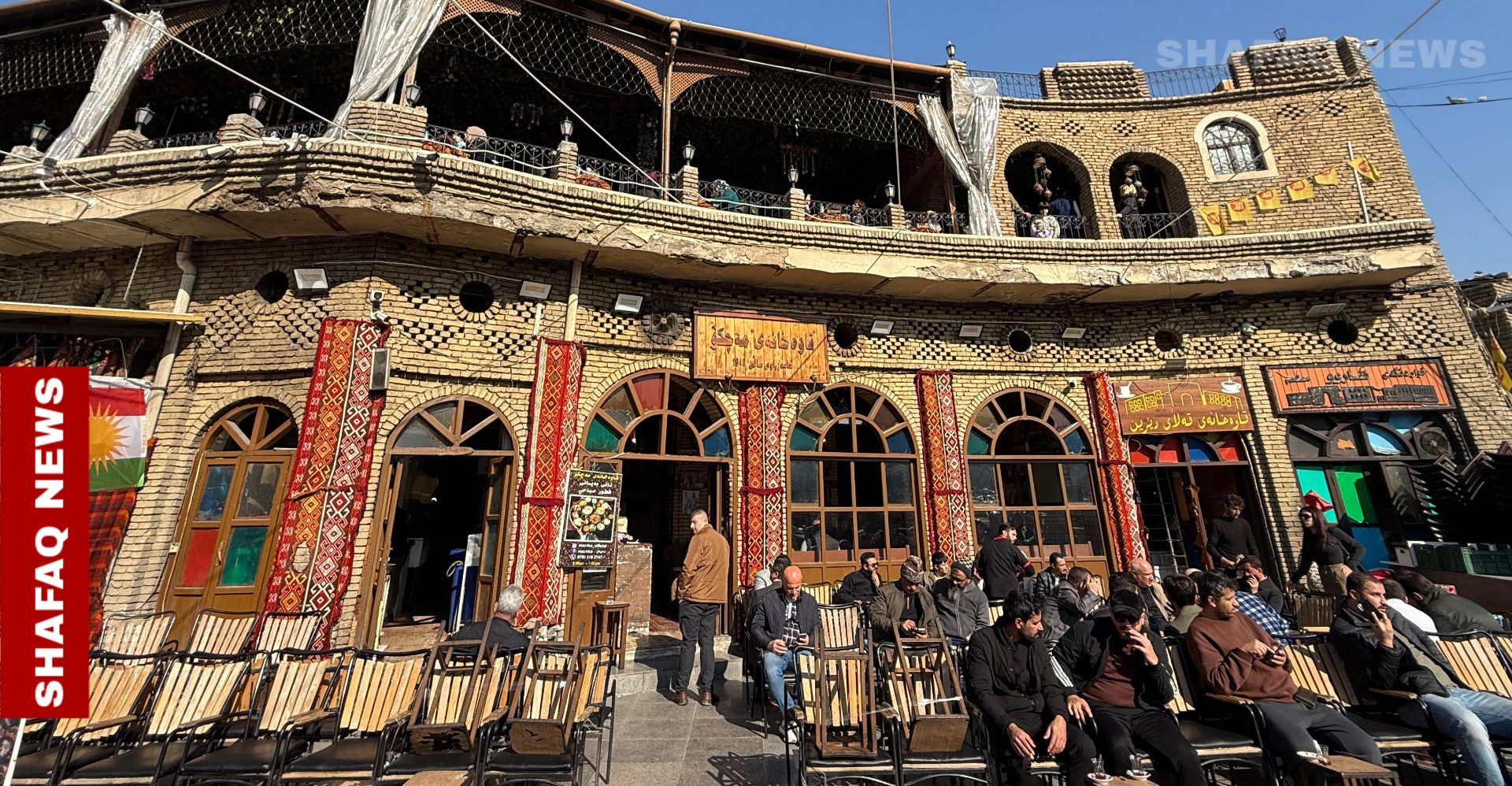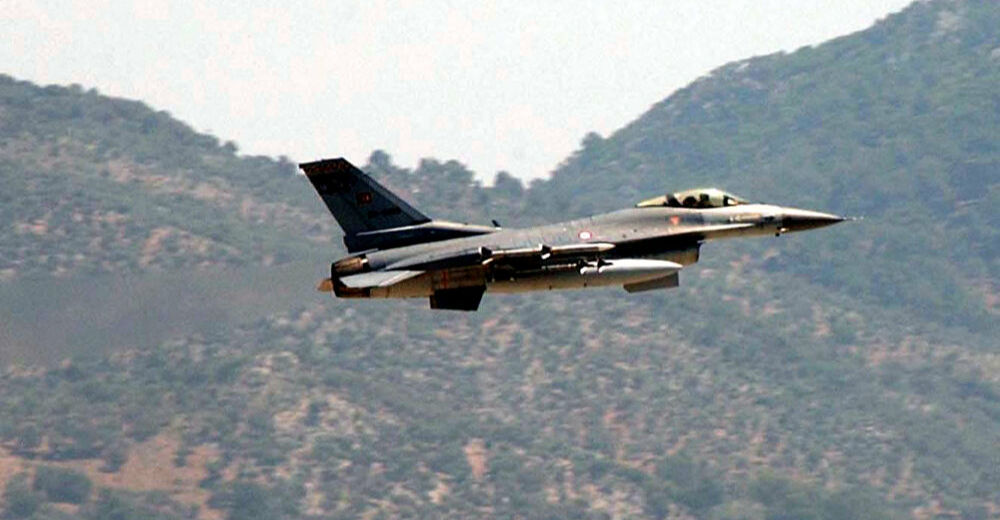Erbil Citadel: Where history meets growing tourism

Shafaq News/ Kurdistan Region’s ErbilCitadel, a UNESCO World Heritage Site and one of the world’s oldestcontinuously inhabited settlements, remains a major attraction for locals andtourists.
A cultural and social hub for generations,the citadel offers a serene setting where visitors can experience traditionaloutdoor breakfasts while being immersed in centuries of history.
Tourism in Erbil has grown significantly inrecent years. In 2023, the city welcomed approximately three million tourists,with numbers increasing to about 3.5 million in 2024. The citadel remains oneof the most visited landmarks, attracting visitors interested in itsarchitecture, cultural significance, and historical relevance.
The Erbil Citadel continues to function asa community space, where visitors engage in morning activities such as teagatherings, reading newspapers, and leisurely walks.
“Sitting here feels like traveling back intime,” Abdullah, a longtime visitor told Shafaq News. “The citadel has alwaysbeen the heart of Erbil—a place that carries the city’s soul and offers a senseof peace and belonging.”
At sunrise, cafés and eateries around thecitadel begin serving traditional Kurdish breakfasts, including hot tea, Kalana(a traditional dish), fresh cheese, natural honey, and oven-baked tandoorbread. The blend of history and local cuisine continues to appeal to bothlocals and tourists.
“Starting my day here gives me positiveenergy,” said Sardar, a regular visitor. “The refreshing atmosphere, combinedwith the scent of fresh bread and hot tea, makes the experience even morespecial.”
With its historic architecture and naturalmorning light, the citadel has become a popular destination for photographers.The soft dawn mist and golden hues highlight the stone walls and narrow alleys,creating picturesque scenery.
“The citadel at sunrise has a uniquecharm,” shared Mohammed, a photographer. “The way the light falls on theancient walls and the quiet atmosphere make it a perfect place forphotography.”
While maintaining its historical character,authorities continue to develop its surroundings, introducing cafés andfamily-friendly spaces to enhance accessibility while preserving itsarchitectural and cultural heritage.
Located atop an ancient tell (a hill formedby successive civilizations), the citadel is enclosed by 19th-century façades.Its fan-like layout, influenced by late Ottoman-era urban design, reflects itslong history.
Historical records link the Erbil Citadelto Arbela, a significant Assyrian political and religious center.Archaeological findings suggest that layers of earlier settlements remainbeneath its surface, preserving thousands of years of historical heritage.







